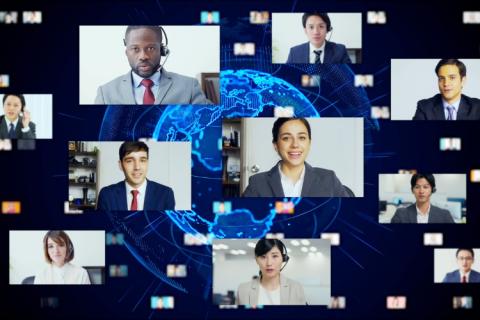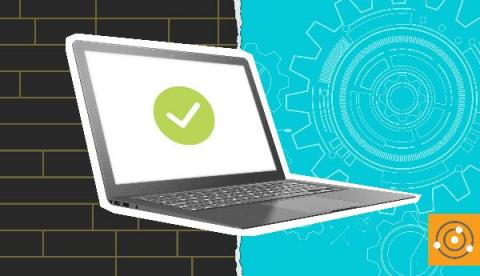3 Key Features Every Service Desk Needs
Modern enterprises must work to ensure their organization is focused on making employees feel heard and valued, and a key way to do this is through strong IT service management. We’ve said it before, but it bears repeating—today’s employees expect a similar service experience in the workplace that they encounter in their daily lives.











